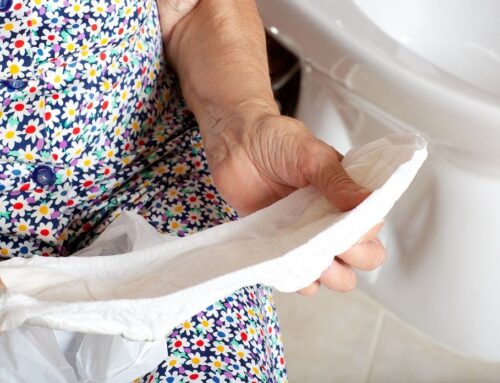 While there are many benefits to Kegel Exercises, the primary benefit from a urological perspective is help with incontinence. Exercises that strengthen the pelvic floor muscles can help hold urine inside the bladder and prevent leakage. Like any muscle, the more you exercise the pelvic floor, the better it will function.
While there are many benefits to Kegel Exercises, the primary benefit from a urological perspective is help with incontinence. Exercises that strengthen the pelvic floor muscles can help hold urine inside the bladder and prevent leakage. Like any muscle, the more you exercise the pelvic floor, the better it will function.
What muscles do Kegel exercises strengthen?
Kegel exercises strengthen the pelvic floor muscles. These muscles form a sling from the pubic bone to the tailbone and from hip to hip. When the pelvic floor muscles are contracted, the internal organs are lifted and the sphincters tighten the openings of the vagina, anus, and urethra. Relaxing the pelvic floor allows passage of urine and feces. Pelvic floor muscles are also important for sexual function in both men and women.
Kegel Exercise Technique
Kegel exercises are contractions of the pelvic floor muscles. To perform pelvic floor muscle exercise correctly:
- Concentrate on your rectum (pretend that you are trying to keep from passing gas or stopping the flow of urine)
- Do NOT use your abdominal muscles
- Do NOT use your buttocks muscles
- Contract your pelvic floor muscles for 5 seconds, then relax the muscles for 10 seconds. Always relax the muscles twice as long as you contract them. Each contraction/relaxation cycle is one exercise.
Kegel Exercise Routine
Contract and relax 10 times in a row, 3 times a day.
10 sitting + 10 standing + 10 lying down = 30 exercises per day
Exercises should be performed until muscle fatigue occurs. Sometimes individuals experience increased symptoms (i.e. incontinence) after beginning a consistent exercise program. This can be due to fatiguing the muscles during the exercises. This will quickly subside with consistent exercising.
How do I know the exercises are working?
You should notice your incontinence symptoms begin to subside. Most people notice their morning symptoms decrease faster than their afternoon and evening symptoms. This is due to your muscles becoming more fatigued as the day progresses. Also, strength to support jumping or impact activities takes the longest to gain thus you will have symptoms with these activities after incontinence with less forceful activities is gone.
How long does it take to strengthen the muscles?
It can take 12 weeks (3 months) to build new muscle fibers and thicken the muscles. Some individuals will begin to see results after a few weeks of consistent exercises. It can also take longer (5+ months) to see significant results depending on the initial strength of the muscles and the extent of the symptoms. Following some surgeries, like a prostatectomy, it can take up to one year to see results.
Talk to an Expert
If you’re having issues with urinary or fecal incontinence, it’s important to talk to your doctor about all treatment options. They may refer you to a Pelvic Floor Physical Therapist who is specially trained in helping patients regain their strength. Urology San Antonio has two full-time pelvic floor physical therapists: Emily Hood and Carissa Pool Parish.





